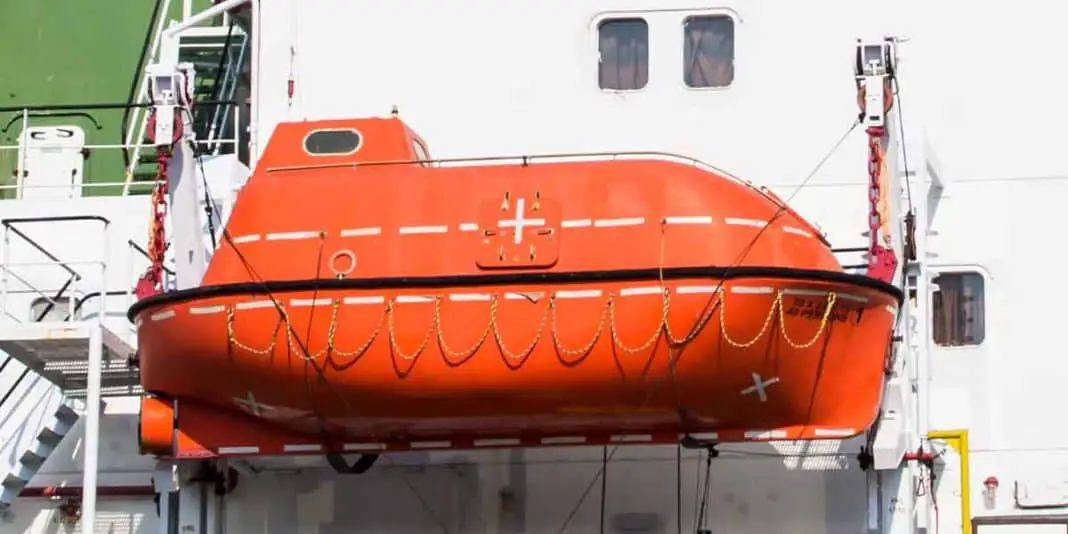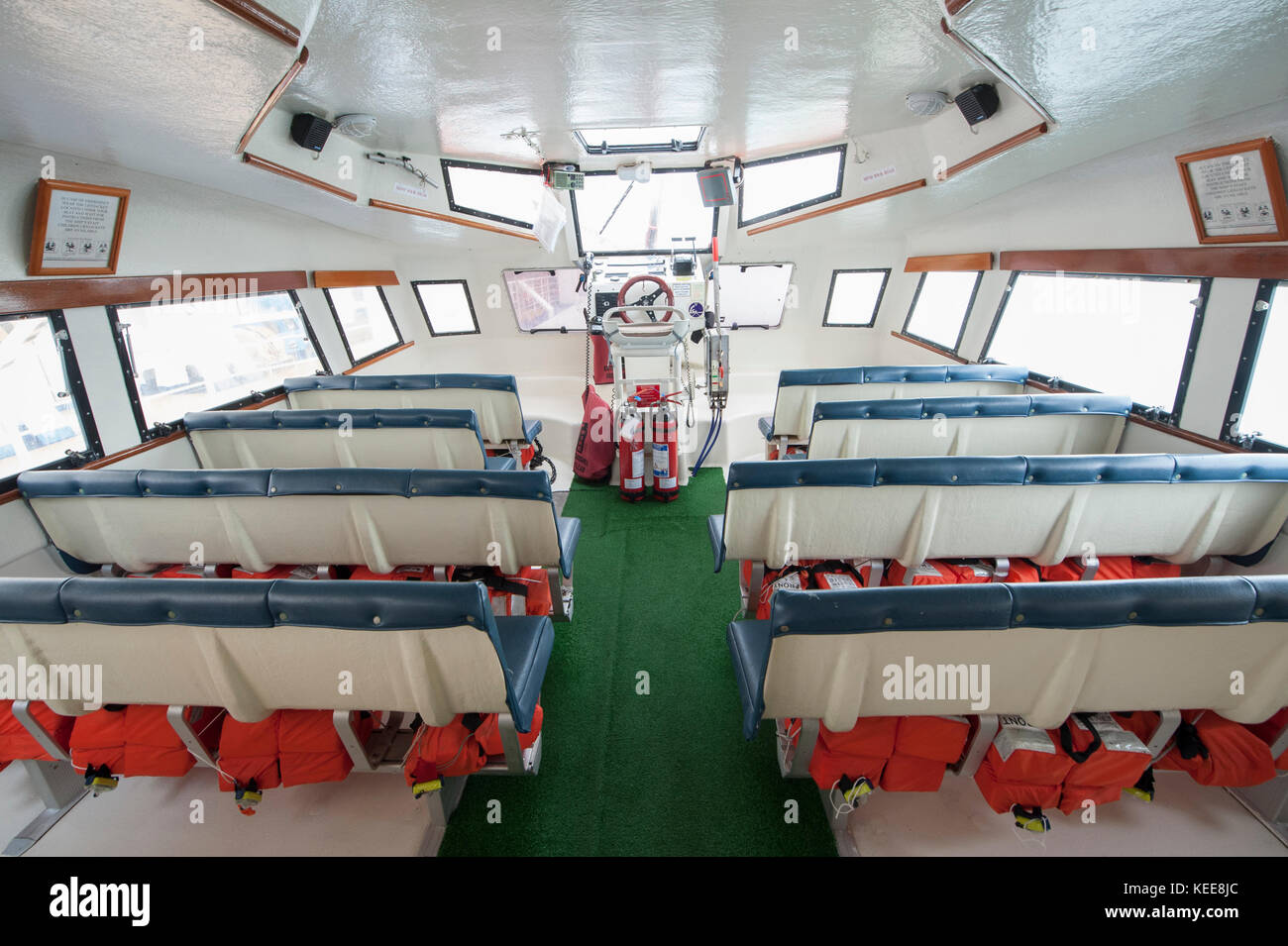Table Of Content

However, the ocean liner’s owners thought that the lifeboats cluttered the top deck and would obscure the views of the first-class passengers. Cruise ship lifeboats are an essential safety measure designed to ensure the well-being of passengers and crew in an emergency. Collapsible cruise ship life rafts are stored in fiberglass canisters and usually utilize a high-pressure gas to automatically inflate once deployed.
It Is VERY Unlikely That You Would Be Evacuated By Lifeboat
And, as cruise ships have grown bigger and bolder, this has carried over to the lifeboats in some instances. The testing and inspections continue even after a lifeboat is delivered to the shipyard for installation on a vessel. Like any equipment, lifeboats may experience wear and tear and degradation over time due to weather, time, and use during the cruise ship’s lifetime. For this reason, SOLAS stipulates that lifeboat training and inspections must occur regularly. This means that there should be a lifeboat capacity for 100% of those on the ship. Moreover, these lifeboats should be capable of being launched with their full complement of persons and survival equipment within 30 minutes of the alarm signal.
Lifeboat (shipboard)
All cruise lines have to follow regulations called Safety of Life at Sea (SOLAS), which were instituted following the sinking of the Titanic. For international voyages, the Cruise Ship has to have enough Life Boat capacity, but for shorter voyages, they might not. So all Cruise Ships will have, by law what they term LSA or Life Saving Appliances for the total capacity of 125% of all the people on board. The 370-person catamaran lifeboats that are utilized on Royal Caribbean’s Oasis-class ships are equipped with restrooms, while traditional 150-person lifeboats do not. Lifeboats are situated outdoors on both sides of the cruise ship, usually kept on or slightly above a middle deck, with an accessible outdoor promenade for people to board.
The Sinking Of The Titanic Led To Changes
Commercial aircraft are also required to carry auto-inflating liferafts in case of an emergency water landing; offshore oil platforms also have liferafts. Lifeboats are often lowered while the vessel is still in port to train their crew and to test whether the equipment is in working condition. Crew and officers are expected to engage in regular training to meet regulatory requirements. All crew have assigned emergency tasks for every imaginable situation, such as if people need to be evacuated via lifeboats.
Did the Titanic have enough lifeboats?
Cruise Ship Rescues 14 People Stranded at Sea for 8 Days as Passengers Look on in 'Shock': WATCH - PEOPLE
Cruise Ship Rescues 14 People Stranded at Sea for 8 Days as Passengers Look on in 'Shock': WATCH.
Posted: Thu, 07 Mar 2024 08:00:00 GMT [source]
Additionally, emergency preparedness measures, advanced lifeboat technologies, and regular safety inspections contribute to enhancing the overall safety of the vessel. We have also discussed case studies of different cruise ship lifeboat configurations and the challenges faced by the industry in meeting these requirements. It is essential for cruise ship operators to carefully calculate and allocate the appropriate number of lifeboats and liferafts based on the passenger capacity of the ship. Adequate training and preparedness are also critical factors to ensure the safe and efficient deployment of these life-saving appliances in an emergency. Beyond SOLAS, there may be additional regulations at the regional or national level that cruise ships must adhere to, depending on the routes they operate in and the countries they visit.
One potential issue that comes to mind is the limited capacity of lifeboats on board. Although there may be enough lifeboats for every guest, the fact remains that they can only hold a maximum of 150 people each. This raises concerns for me, especially if there were to be a major incident on board. As well as the rigid-bodied lifeboats onboard, there will be some inflatable life rafts too. Lifeboats are located along the sides of the ship on the deck that is the most easily accessible to the majority of the passengers and crew.
Do cruise ships carry inflatable life rafts?
These include provisions for survival at sea, such as emergency rations, fresh water, and appropriate signaling devices. Additionally, lifeboats must be equipped with propulsion systems or be designed to be easily maneuvered with oars, ensuring that they can be navigated to safety if the ship becomes incapacitated. The primary international regulation that governs lifeboat requirements is the International Convention for the Safety of Life at Sea (SOLAS). SOLAS is a treaty developed by the International Maritime Organization (IMO) and sets out minimum safety standards for ships, including rules for life-saving appliances like lifeboats. During emergency drills on a cruise ship, crew members will instruct passengers on how to safely board a lifeboat.
Sebring firm fixes world's oceanic lifeboats Highlands News-Sun midfloridanewspapers.com - Mid Florida Newspapers
Sebring firm fixes world's oceanic lifeboats Highlands News-Sun midfloridanewspapers.com.
Posted: Mon, 05 Jun 2023 07:00:00 GMT [source]
Now that we have covered lifeboat drills and procedures, let’s explore the various emergency situations where lifeboats come into play. While lifeboat drills are mandatory, they play a crucial role in preparing passengers and crew members for emergencies at sea. These drills instill a sense of confidence and readiness, empowering individuals to react swiftly and appropriately in uncertain situations.
So modern cruise ships’ total survival craft capacity is greater than the pure lifeboat requirement. It is important to note that specific lifeboat configurations may vary across different cruise lines and ships, depending on regulatory requirements, safety protocols, and the evolving nature of the industry. Cruise ship operators continually assess and adapt their lifeboat configurations to align with the latest standards and best practices to ensure the highest level of safety for passengers and crew members. Yes, in addition to the traditional hard-shelled lifeboats, many cruise ships are equipped with inflatable life rafts.
Lifeboats allow passengers to evacuate the cruise ship and get fully clear of any hazards while waiting for rescue. The total lifeboat capacity should be at least 75% of the total guests + crew count. As per the guidelines of IMO, a cruise ship should have life rafts that could accommodate more than the remaining 25%. Passenger preparedness is important, but cruise lines have liability concerns and may restrict personal emergency supplies.
These exercises familiarize the crew with lifeboat operations and provide an opportunity to identify and address any issues. Moreover, they’re used to ferry passengers from the ship to the shore when docking isn’t possible at a port. The dual functionality underscores the importance of lifeboats in ensuring both safety and convenience for cruise passengers.

The Cruise Ships of today are governed by International Laws and are enforced by the Coast Guard. The ships have plenty of room for every passenger and crew member on board. Freefall Life Boats are used to provide a fast escape for a crew who is in danger. When a Captain gives the crew the call to the abandoned ship, the Crew and Ship’s personnel enter the Boat and secure themselves to the seats with belts, and close and secure the hatch of the boat. Throughout the world, the International Convention For The Safety Of Life At Sea or SOLAS is an International Maritime Safety Treaty that sets all standards for Cruise Ships.

No comments:
Post a Comment